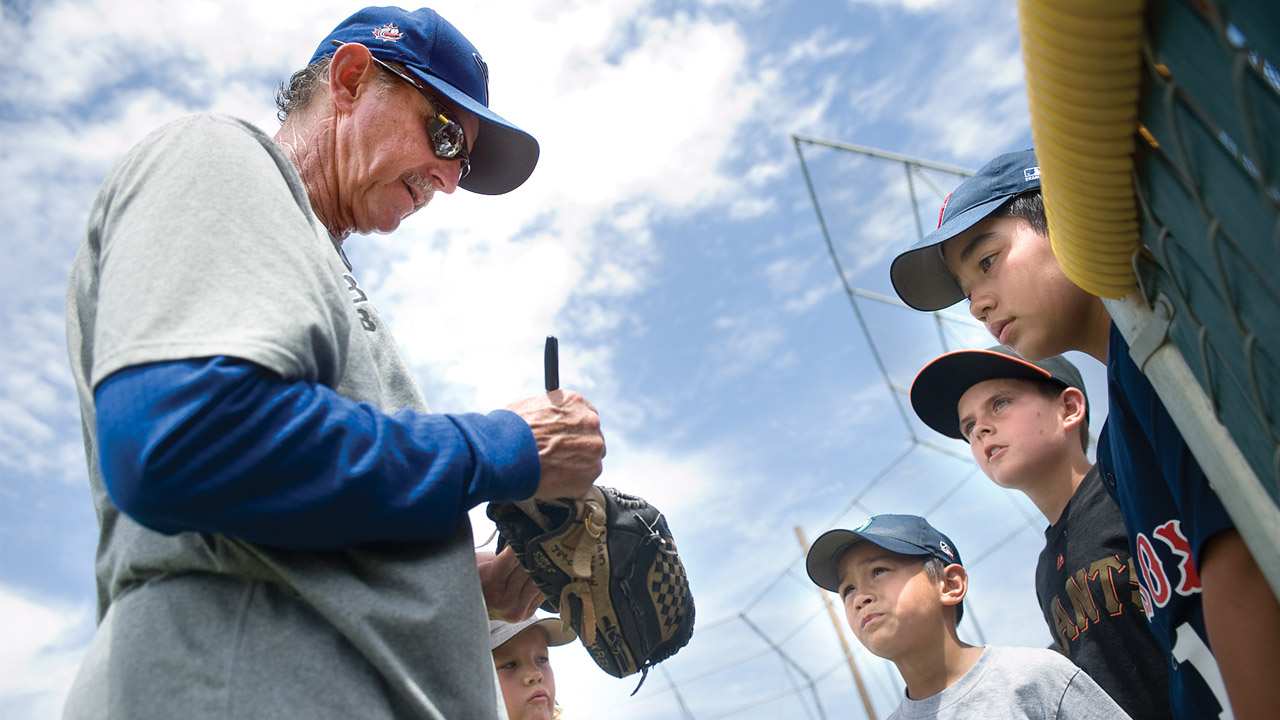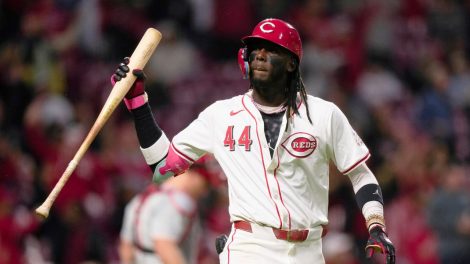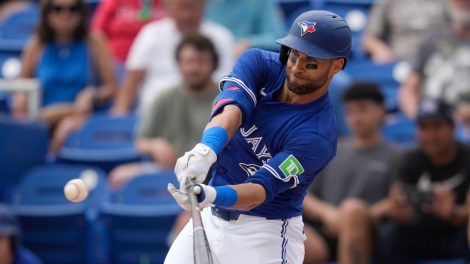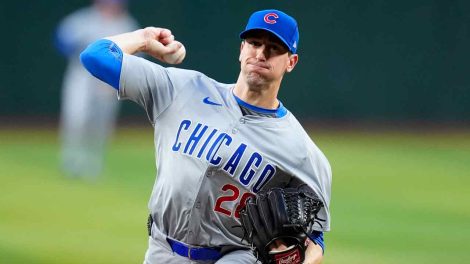TORONTO – Imagine a player who can handle multiple positions and reach base at a .350 clip while mixing in a little power. He has a reputation as a good teammate, and maybe even has some playoff experience.
If you’re a contending team, all that sounds perfectly suited to your roster. The Chicago Cubs certainly thought so, which is why they spent $56 million to sign Ben Zobrist in 2015. When the Cubs won a long-awaited World Series title the following season, Zobrist’s contributions were widely celebrated.
A few decades earlier, though, that same skillset was routinely overlooked.
Rance Mulliniks got little credit for his impact on the Toronto Blue Jays of the 1980s. He never earned more than $1 million in a season, made an all-star team or got anywhere near an MVP ballot. A slender, bespectacled player who didn’t exactly match the prototype of the everyday third baseman, Mulliniks was often mentioned in the same breath as platoon partner Garth Iorg, as though his contributions were somehow incomplete on their own.
[snippet id=3454869]
But take a look at those contributions through the same modern lens that landed Zobrist a lucrative four-year deal. From 1983–88, Mulliniks hit .293/.374/.458 and averaged 2.5 wins above replacement.
“As you reflect back on the numbers, they were far superior than you ever imagined at the time,” says Gord Ash, who worked in Toronto’s front office when Mulliniks played for the Blue Jays. “He was a very good hitter, and I don’t think he was appreciated enough as a third baseman.”
Mulliniks spent most of his Blue Jays career at third, typically in a platoon with the right-handed-hitting Iorg. If the Blue Jays needed someone to fill in at shortstop or second base, though, they could call on Mulliniks, especially early in his career. In 1982, Mulliniks played 16 games at shortstop. In 1983, he played there 15 times.
The very skills that got Zobrist paid — defensive versatility and on-base percentage — just weren’t valued the same way when Mulliniks played.
“There was just a tradition of ‘If you’re not good enough to play one position every day, then we’ll make you maybe the utility guy,’” Zobrist says. “Now, if you’re an athlete and you can play multiple positions, [you’re] a more valuable player.”

Zobrist plays on a team where versatility is the norm. Everyone from Kris Bryant and Jason Heyward to Javier Baez and Kyle Schwarber is expected to move around. That’s rare but valuable in today’s game. Thirty years ago, it simply wasn’t a skillset teams coveted.
“They just stuck them at one position because they said, ‘Oh, this is your best position,’” Zobrist says. “They weren’t quite looking at ‘How can our team be best on this day?’ Maybe moving to different positions based on better matchups.”
Offensively, Mulliniks was probably destined to be undervalued when you consider that he played alongside sluggers like Jesse Barfield, George Bell and Fred McGriff. Making matters worse, he was a left-handed-hitting American League third baseman at a time when two of the best ever were in their prime: George Brett and Wade Boggs.
[relatedlinks]
So it was with little fanfare that Mulliniks hit .280/.365/.424 as a member of the Blue Jays. Taking league and ballpark into account, his .790 OPS was 14 per cent above average in those 11 seasons. By way of comparison, Zobrist has a .265/.358/.433 batting line in 12 seasons at the MLB level, and his .791 OPS is 17 per cent above average. Sound familiar?
“Zobrist is actually a very good comparison,” says Ash, now the Milwaukee Brewers’ vice president of baseball projects. “I don’t think Rance had quite the same level of offensive ability, but he was pretty steady.”
To be fair, Zobrist has had the better career. Before the Blue Jays acquired him for failed pitching prospect Phil Huffman, Mulliniks struggled offensively and unlike Zobrist, who continues producing at 36, Mulliniks declined after his age-32 season. On defence, Zobrist played up the middle more. A sizable imbalance in career WAR (43.4 for Zobrist, 17.1 for Mulliniks) reflects those differences.
And yet, if Mulliniks were playing today, there’s no doubt he would be viewed differently. When he played, it was easiest to define him by what he couldn’t do — hit lefties, lead his team in homers, keep up with Boggs or Brett. Years later, players like Mulliniks are coveted because of all that they can do.
“He’d be talked about a lot more,” Ash says. “That’s for sure. That tag — ‘platoon player,’ ‘utility player’ — was a negative. It isn’t a negative now. The guys that can move around and are versatile, it has appeal.”









